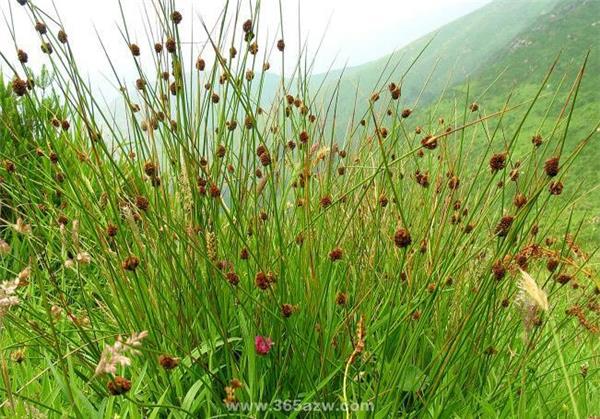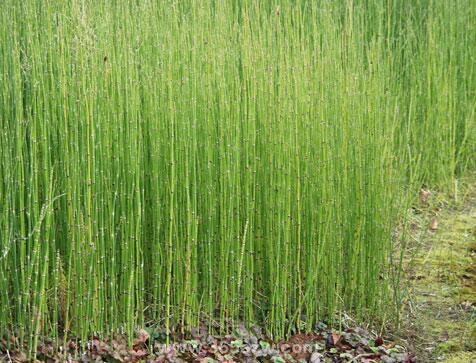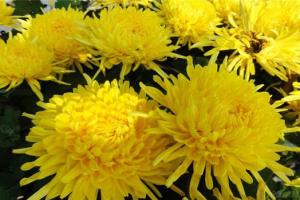What are the uses of reeds?
Traditional Chinese medicine says that reed is a treasure all over the body and has many benefits for recuperation. Today, let's take a look at what are the uses of reed?

Uses of reed:
1, practical value: reed stem contains cellulose, can be used for paper and artificial fiber. In ancient times, reed mats were used to pave kang, build houses or set up temporary buildings. The hollow stem of reed can be used to make musical instruments-reed flute. The film inside the stem of reed can be used as the flute membrane of flute, the ear of reed can be used as broom, and the tidbits can be filled with pillow.
2. Garden value: planted by the lake in the park, especially beautiful in flowering season. In European national parks, reeds are often seen elegantly. Cultivate the latest varieties of reed. It grows fast. It is the first choice for scenic spots tourism, water surface greening, river management, purification of water quality, swamp wetland, landscape engineering, soil protection and dyke improvement.
3. Animal husbandry value: reed leaves, reed flowers, reed stems, reed roots and asparagus can be used as good herbage for medicine, with high feeding value. The tender stems and leaves are eaten by all kinds of livestock. Most of them are used as grazing land, but some are also used for mowing grass or grazing. In addition to grazing, hay and silage can be dried. After silage, the grass is green and fragrant. Sheep like to eat, cattle and horses also like to eat.
4. Medical value: Rhizome is called reed rhizome. It is used as medicine in traditional Chinese medicine. It is cold and sweet. It is suitable for clearing stomach fire, removing lung heat, strengthening stomach, anti-vomiting and diuretic effects. Reed stem, reed root is the treatment of traditional Chinese medicine to the main medicine, can clear heat and produce fluid, in addition to annoying vomiting.
The efficacy of reed roots
1. Treatment of halitosis
Reed root nature cool, can clear heat dispel fire, reed root to deficiency fire halitosis, have obvious effect, reed root can cooperate with rehmannia root, licorice root. Reed root can make decoction delicious, there is a strengthening effect.
2. Anti-cancer

In recent years, due to the discovery that asparagine in reed roots can effectively inhibit the growth and proliferation of cancer cells and normalize cell growth, the price of reed roots has doubled.
3. Lung heat cough, lung carbuncle vomiting pus
Reed root clear discharge lung heat, and can diuretic, can guide heat poison from childhood, so reed root can cure lung heat cough phlegm thick and lung carbuncle cough vomiting pus blood.
4, cure heat and pain
Reed root function clear heat diuretic, available reed radical treatment of hot sore astringent pain, urine short red, often with cogongrass root, plantain seed and so on.
5. Puffer fish poisoning
Reed root single use pound juice, or with ginger, purple perilla leaves, etc., Jianshui drink.
6. Clear heat and generate body fluid
Reed root can clear lung heat, phlegm turbidity, used for wind-heat attack lung caused by cough, phlegm thick difficult to come out. Reed root taste sweet can produce fluid, cold nature can clear heat, can be used for heat excess injury Jin thirsty person. If fresh reed root juice is used, the power of clearing heat and producing fluid is greater.
7, treatment of dry mouth and eyes
For the treatment of dry mouth and eyes of sicca syndrome, reed root is added to the compound to help saliva secretion and improve the symptoms of dry mouth and throat. Reed root seems to be more effective than dendrobium. Fresh reed root is better than dry reed root, and should be used together with rehmannia root and dwarf lilyturf root.

8. Stomach heat vomiting
Reed root can clear stomach heat and stop vomiting reverse, available with fresh bamboo such as, ginger, etc. Jianfu.
How to distinguish good from bad reed?
The plant of reed is tall, underground has developed creeping rhizome. Stem erect, culm height 1~3 meters, nodes often white powder. Leaf sheaths cylindric, glabrous or fine hairy. Ligule hairy, leaf blade long linear or long lanceolate, arranged in two rows. The leaves are 15-45 cm long and 1-3.5 cm wide. Panicle branches densely, obliquely extending, inflorescence 10 - 40cm long, spikelets 4-7 florets; glumes 3-veined, one glume short, two glumes slightly longer; first floret mostly male, others bisexual; second lateral apex long acuminate, basal disk long filiform pilose 6-12mm long; palea ca. 4mm long, ridges scabrous. With long, stout creeping rhizomes, primarily rhizomatous.

The above is the use of reed related to the introduction, I hope to help you.
- Prev

What are the effects and functions of rushes?
What are the effects and functions of rushes?
- Next

The management method of chrysanthemum in flowerpot can only bloom if you know how to cultivate it.
The management method of chrysanthemum in flowerpot can only bloom if you know how to cultivate it.
Related
- Wuhan Hospital Iron Tree Blooming Result Was Instantly Frightened by the Gardener Master
- Which variety of camellia is the most fragrant and best? Which one do you like best?
- What is the small blue coat, the breeding methods and matters needing attention of the succulent plant
- Dormancy time and maintenance management of succulent plants during dormancy
- Minas succulent how to raise, Minas succulent plant pictures
- What are the varieties of winter succulent plants
- How to raise succulent plants in twelve rolls? let's take a look at some experience of breeding twelve rolls.
- Attention should be paid to water control for succulent plants during dormant period (winter and summer)
- Watering experience of twelve rolls of succulent plants
- Techniques for fertilizing succulent plants. An article will let you know how to fertilize succulent plants.

